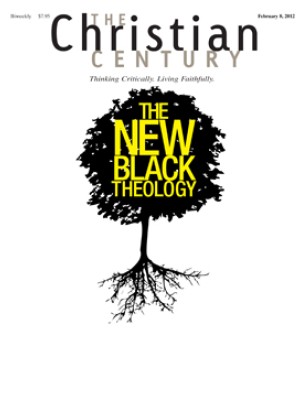Pope’s newest cardinals mostly European, insiders
For Americans who take note of the pomp and circumstance—and
politics— at the Vatican, the big news in January was that Pope Benedict
XVI had included New York Archbishop Timothy Dolan and former Baltimore
Archbishop Edwin O'Brien among the 22 churchmen that he will install
as cardinals at a mass at St. Peter's.
The elevation of Dolan, 61,
is not unexpected. His predecessor, retired Cardinal Edward Egan, will
lose his vote in a papal conclave when he turns 80 in April. Popes have
traditionally wanted to ensure that New York is represented in the
College of Cardinals for any future papal election.
Read our latest issue or browse back issues.
But the larger
story of the January 6 appointments—and an indication of how the next
conclave may play out—is that the German pope continued his pattern of
stacking the College of Cardinals with Europeans (mainly Italians) and
with leaders of the Roman curia, the papal bureaucracy whose officials
are often considered more conservative than prelates in dioceses around
the world.
This trend goes against the push by Benedict's
predecessors, notably the late John Paul II, to "internationalize" the
College of Cardinals and make it more representative of the global
church. And it runs counter to the inexorable demographics of the
church, which shows the number of Catholics growing in places like
Africa, Asia and Latin America, even as the faith barely treads water in
North America and declines in Europe.
"This suggests an upside-down church," Robert Mickens, Vatican correspondent for the Tablet, a Catholic weekly in London, said of the pope's appointments. "It doesn't reflect where the church is going."
The
numbers tell the story. Since Cardinal Joseph Ratzinger was elected
pope in April 2005, his choices in three batches of new cardinals have
favored Europeans and those who work with him in Rome over bishops from
other countries.
Eighteen of the 22 cardinals in this latest round
of appointments are under the age of 80 and thus eligible to vote in a
conclave. (The red hats given to the four octogenarians are the church
equivalent of lifetime achievement awards.) Of those 18 new electors,
who will be formally installed on February 18, seven are Italians, five
others are also from Europe and a total of ten are Vatican officials.
Just
three of the new cardinals—from Brazil, Hong Kong and India—are from
outside the West, and in the biggest surprise, none are from Africa,
where the church is experiencing its greatest growth, followed by Asia.
Half of the world's 1.2 billion Catholics live in the Americas.
That
means that Italians will form the largest national bloc and account for
one-quarter of the 126 cardinal-electors (several will "age out" this
year), up from 16.5 percent in 2005. In addition, 35 percent of the
cardinal-electors will come from the Roman curia—up from less than a
quarter when Benedict was elected in 2005.
John Paul II, who was
Polish and the first non-Italian pontiff in 450 years when he was
elected in 1978, deliberately sought to internationalize the College of
Cardinals and the Roman curia, though he also brought in a number of
fellow Poles to help run his administration.
Why has Benedict largely reversed that trend? Vatican-watcher John Allen of the National Catholic Reporter
noted that before he was elected pope, Ratzinger spent nearly 25 years
working in Rome, and his appointments are "perhaps a product of his
comfort level with Italian ecclesial culture."
The other major
factor is that Benedict is at heart an Old World, old-fashioned Bavarian
Catholic, and both he and the cardinals who elected him believe that
Europe remains the birthplace of Catholic culture. In that view,
Benedict represents the best—and perhaps last—chance to restore that
culture and use it to evangelize the rest of the world.
But in
light of this latest round of cardinal appointments, and given growing
concerns about Benedict's health—he turns 85 in April—this set of
electors may well be the men who eventually choose Benedict's successor.
Their numbers suggest they may be just as likely to look to Europe once
again rather than to the future church in the Global South. —RNS






